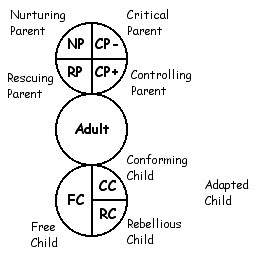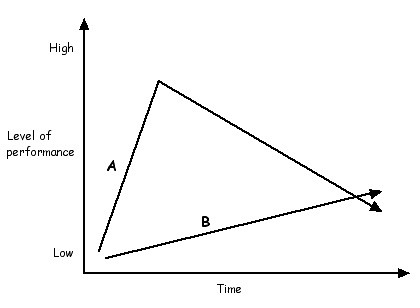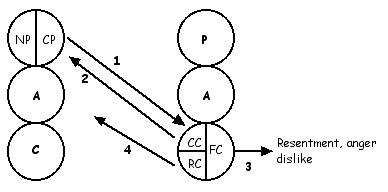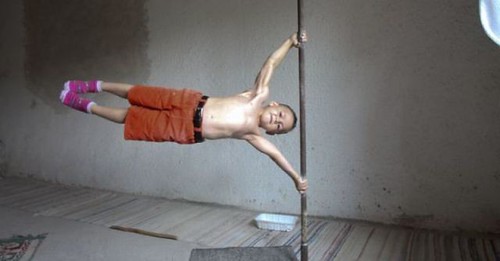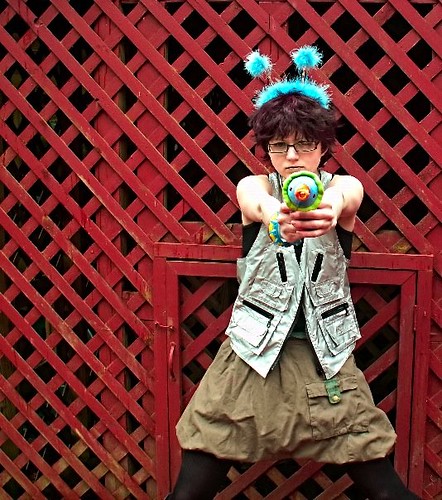Part 1
Taken from Mellor, K in "Skills in Transactional Analysis Counselling & Psychotherapy" (ed) C. Lister-Ford. 2002. Sage.
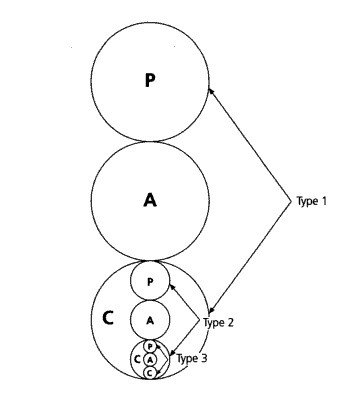
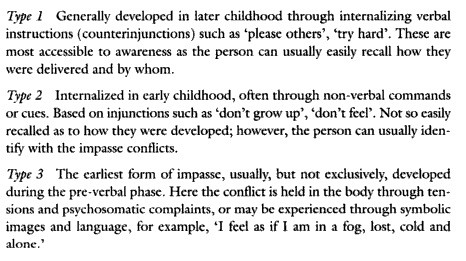
This views impasses developmentally. The type 3 impasse develops in the very young child, the type 2 in a less young child and the type 1 impasse in late childhood.
Part 2
In psychotherapy this is what is known as an impasse
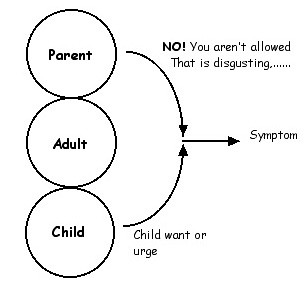
An impasse is a clash between two different parts of the personality. They having opposing goals and wants and can be drawn as a collision between the Parent and the Child ego states.
For example a woman may be insulted by someone at work. As a result one part of her (the Child) wants to express her anger and displeasure at the other person for being insulting. As she is just about to do so she hears this voice in the back of her head saying, “Good girls don’t get angry” & “Girls who get angry are bitchy”. Just the type of thing she was told as she grew up in childhood. These voices may be seen as representing the Parent ego state.

My imaginary friend did it.
So we have an intrapsychic collision inside the woman. Her Free Child wants to show anger and her Parent ego state wants her to be polite and pretty and not show anger. She is at an impasse in her own mind. Over time when there have been a number of similar impasses then a symptom will develop out of this. One can say that the collision between the two forces in the psyche provides the energy or basis for symptom development. A common symptom to develop out of such an impasse is depression. Some people who chronically hold in their anger can develop depression over time.
Historically there have been seen to be two solutions to an impasse. It occurs when one ego state dominates over the other it is opposing. If the Child finally gets up the strength and courage and defies the Parent and the woman expresses her anger then the impasse is broken, at least in that situation. If she repeatedly does that then it becomes habitual and she could at that point be said to be ‘cured’ of her problem.
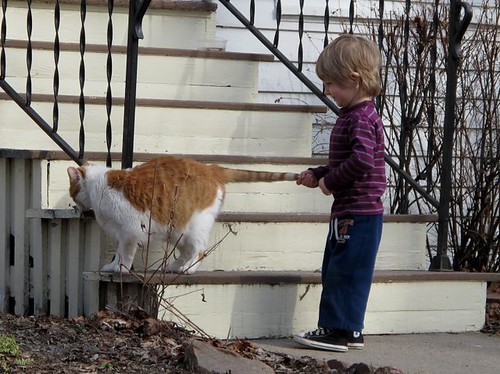
This is what the majority of psychotherapists will attempt to do with the client. For the Child to break the impasse. This is what the vast majority of their therapy theories will define a psychological health
On the other hand the Parent may dominate or ‘win’ in the situation and the woman holds in her anger and does not show it to her colleague. If this happens then the impasse is broken by the Parent belief. Often when I do this in therapy, such as in couples counselling or when a client’s expectations are too high. I will produce what is the greatest single line in movie history. That excellent movie -As good as it gets.

Jack Nicholson walks into the full waiting room of his psychiatrist’s office, looks around at all the people and says, “What if this is as good as it gets?”. So I sometimes use that line and say to the client, “Perhaps this is as good as it gets”. If taken on, then the Parent breaks the impasse and the client’s Free Child need is not met.
There is however a possible third solution to an impasse. (This must be credited to my psychologist trainee, Nadja). The client accepts the Parent position of the impasse and then the FC want is redefined. I have discussed some of this before in a number of postings.

Undecided. At the point of impasse
I once talked about a supervision question where I was asked about a client who was a teenage girl who had lymphodema. Her FC want was to have thin legs. The Parent stated that she can’t have that because she had lymphodema. I then supervised that her therapist call her elephant lady or lympodema lady (rhetorically of course). Accept the Parent part of the impasse and then it is redefined in a humorous way and thus the impasse is broken. Or when I work with clients and I get them to love their panic attacks or make friends with their depression. The Parent part of the impasse is accepted and then one ‘loves’ it. The impasse is broken and the FC want is redefined.
Sleeping with the enemy is a great appraoch to take when dealing with your neurosis.
Graffiti
